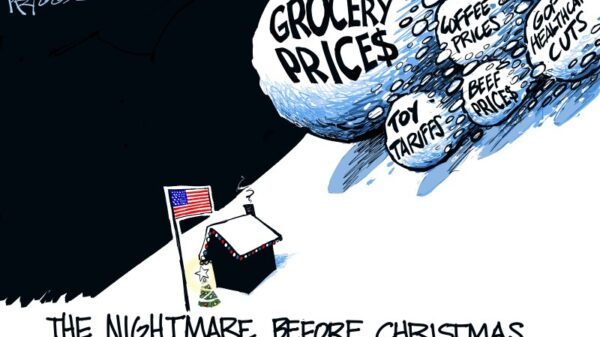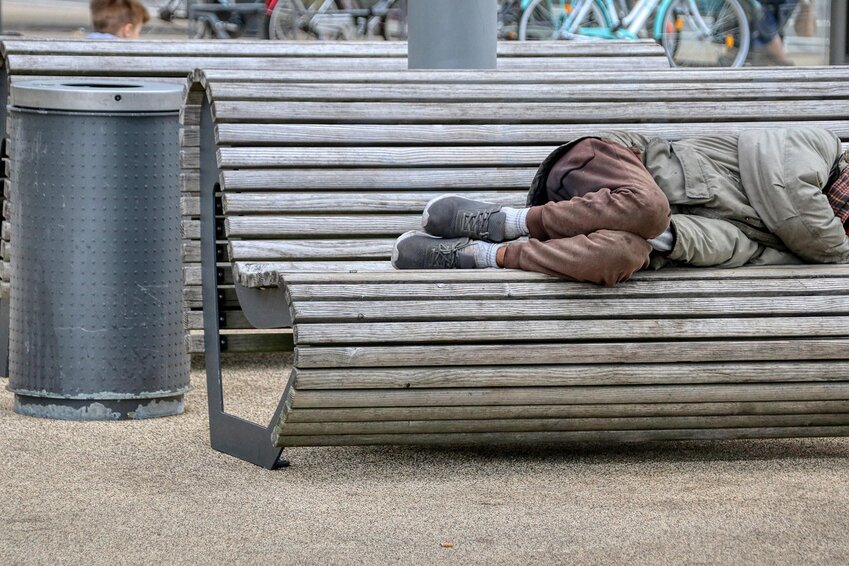Seattle is experiencing a significant increase in reports of homeless encampments, with over 50,000 reports logged in the first eight months of 2024. This figure represents a 66% increase compared to the same period in the previous year. While Mayor Bruce Harrell claims that the number of tents has dropped by 80% since he took office, many residents and outreach workers contend that the city’s approach may be contributing to the rise in complaints.
Residents like Louise Clauss are actively engaged in reporting unauthorized encampments through Seattle’s Find It, Fix It app. Clauss frequently captures images of tents in parks near her home and submits them to city officials. Despite the city’s prompt removal of these encampments, she often encounters the same individuals and tents reappearing in nearby locations. This cycle has fueled a growing number of reports from residents concerned about homelessness in their communities.
City’s Response and Increased Reporting
The Unified Care Team, established by Harrell soon after taking office in 2022, is tasked with addressing complaints from residents and businesses regarding encampments in public spaces. The team has reportedly tripled the pace of encampment removals, with an average of fewer than two tents per encampment being removed. This strategy has led to a notable transformation in the homeless population’s behavior, with individuals often living in smaller, more scattered groups to evade detection and removal.
Outreach workers highlight that this fragmented approach may inadvertently lead to an increase in reports. Chloe Gale, vice president of the outreach organization REACH, noted, “People are living in smaller groups and more scattered.” This trend means that while fewer individuals may be clustered in one location, the overall number of encampments has surged, prompting more residents to report sightings.
While city officials assert that they offer shelter options during removals, evidence suggests that a substantial portion of individuals living in encampments are not being provided with adequate alternatives. In 2025, the Unified Care Team reported not offering shelter during nearly 30% of encampment removals, and when shelter was offered, only about 11% of individuals accepted the placement.
Community Reactions and Ongoing Challenges
The response to encampment removals has sparked intense debate among community members, city officials, and outreach organizations. Some argue that the city’s aggressive tactics have improved conditions in urban areas, particularly downtown and the Chinatown International District, where reports of drug activity have significantly decreased. Jon Scholes, CEO of the Downtown Seattle Association, noted a reduction in drug-related incidents, indicating that the environment has improved for residents and businesses alike.
Conversely, residents in neighborhoods surrounding these urban centers express concern about the displacement of homeless individuals into their areas. Neighborhoods such as Capitol Hill, North Beacon Hill, Belltown, and Ballard have witnessed a dramatic rise in encampment reports, accounting for nearly half of the overall increase.
Residents like Emily Vega, who moved from one encampment site to another, emphasize the challenges of finding safe and acceptable places to stay. “It’s getting harder to find places,” she remarked, illustrating the stress that many individuals face as they navigate the city’s response to homelessness.
The ongoing debate around the city’s handling of homelessness highlights a complex issue that encompasses safety, community concerns, and the need for adequate shelter. As officials continue to promote the effectiveness of their strategies, many residents remain skeptical about the long-term benefits of the current approach. Clauss, for instance, expressed her frustration, stating, “If people are simply being relocated from one public space to another, it is not accomplishing anything for anyone’s benefit.”
While the city’s Unified Care Team aims to maintain the usability of public spaces, the reality on the ground reflects a multifaceted challenge that requires not only removal efforts but also sustainable solutions for those living without shelter. As Seattle grapples with this ongoing crisis, the voices of both residents and those experiencing homelessness will continue to shape the conversation around effective and compassionate responses to the issue.





































































